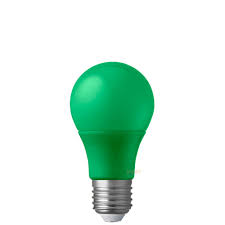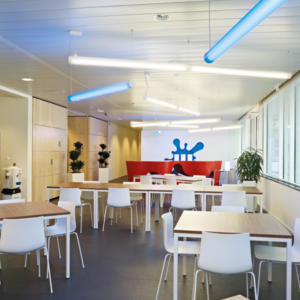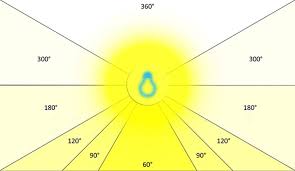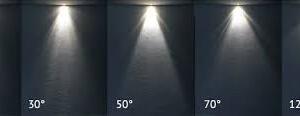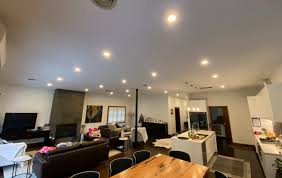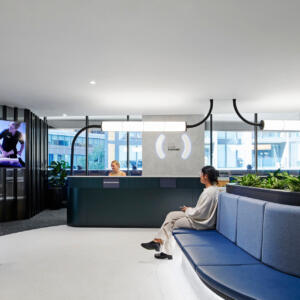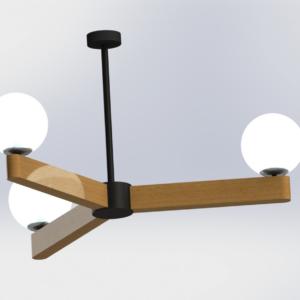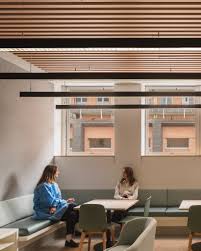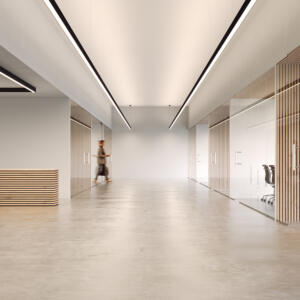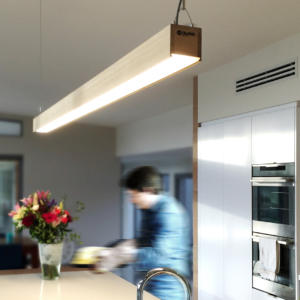How can we better plain lighting design to be more efficient?
With so many lighting products on the Australian market claiming to be green or efficient, it is very confusing navigating how to plan for an efficient space. Over the last few decades, we have littered our ceilings with lighting, over installation resulting in overly bright spaces. To use less products is the key to good design and efficiency. To do this, we need to select products with wider beams >90° Beam – ideally over 120° beam. Also assessing how much light is really needed in each area, its good to have a few dark naughty corners in a home or building, some areas do not need a lot of light – to be logical in design rather than blanketing a space with lots of lighting.
Over the last few decades, we have littered our ceilings with lighting creating overly bright spaces and glare. In the past energy costs and carbon emissions were not a concern, it was not unusual to have a home with 100+ downlights (100x 10W ea DL = 1KW. Low Voltage was 100 x 50W ea + Watts loss 25W ea = 7500W) To do this, we need to select products that provide wider beam spreads <90° Beam – less concentrated light. Selecting lighting that will throw light all over the room, including walls and ceilings (for reflected light) will reduce the quantity of lighting, increase comfort and reduce power consumption.
Downlights have been heavily used in homes and commercial spaces for decades as a solution – while they are great for shops offering concentrated light and an intense beam, the narrow opening does not allow for wide beams (except when the product uses optics proud of the opening), the same is applied to Extruded products and Micro-extrusion with LED strip. A 3x6m room will have 6 downlights place in 2 rows of 3 fittings in a neat, uniform grid. If the fittings are 10W per down light (common in domestic), this equates to 60W of power. Alternatively a the same room could use 1 glass pendant (120 – 180° Beam commonly) with a 12W LED lamp saving 48W of power. More importantly, the quality of light will be more comfortable with a pendant because the light dissipates and is not concentrated like the narrower beam products. Downlights (unless they are optics like the Tiar by ETAP) have narrow openings, inhibiting light from having an overarching beam, reflector help but only marginally. The narrow opening will also create an intense beam of light that dissipates minimally from the light source to the illuminated surface, which is uncomfortable to linger under and can be damaging to eyes (Glare).
Many fashionable extruded products suffer the same poor lighting outcomes as down lights. Extrusion and Micro-extrusions have narrow opening for light to emit from, commonly offered in 20-30W per metre (12-20W pm micro extrusion) with diffusers, resulting in close product spacing’s, poor uniformity in design (dark and bright spots on the floor) and intense lighting streaks (Glare). It is difficult to achieve efficiency with most of the products on the market. Lower quality fittings and micro-extrusion use strip LED (rather than PCBs) resulting in narrower light output, lower life of the product. ETAP LEY with sheilded Lens optics is an exception to the inefficient extrusion stigma. The LEY has sheilded lens optics that provides spacing over 3m apart, low glare, even illumination.
Bluelab Design created our Truss Timber linear light more than 12 years ago, to incorporate into commercial interiors and offer superior lighting for homes. Today there are many different timber linear lighting products, most of which, use LED strip in narrow routed opening and thin opal diffusers to finish the light source. This results in narrow ineffective lighting that also does not last, while this is fine if the product is just a feature. Having feature or decorative lighting that is functional is an ideal way to be reduce power consumption. Bluelab’s Truss range uses quality LED PCB’s (Printed Circuit Board) with micro diamond LED optic diffuser to achieve up to 120° beam spread (Truss T90). The Truss Range can be relied on to provide superb lighting outcomes without having to add extra lighting to fulfill the illumination within a space.
For a lighting consultation contact Bluelab.


